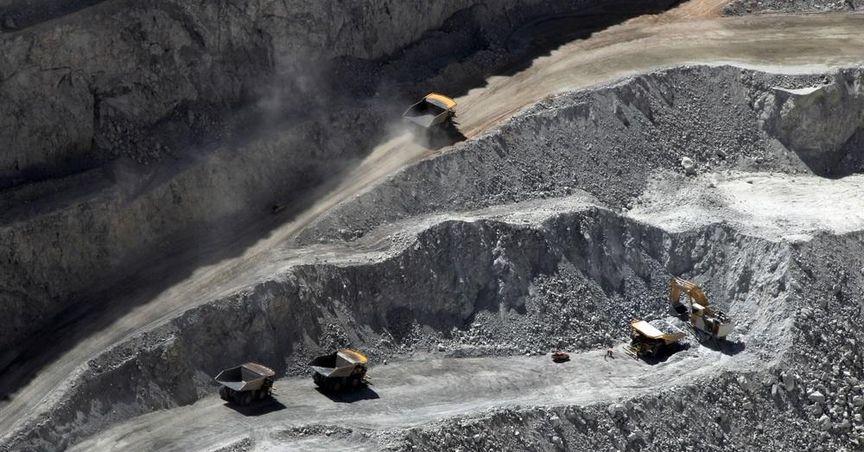Highlights:
Orvana Minerals operates in the materials sector with a focus on mining.
Recent changes in cash flow reflect operational developments and cost factors.
Asset structure shows shifts in liabilities and working capital positions.
Orvana Minerals Corp. (TSX:ORV) is part of the materials sector, specifically engaged in mineral exploration and mining. The company’s activities revolve around the extraction and processing of precious and base metals, including gold and copper.
Mining companies in this sector typically manage exploration, production, and refining operations, with performance shaped by commodity pricing, geological outcomes, and operational continuity. Projects are often located in regions where resource development plays a central role in economic activity.
Cash Flow Activity Reflects Operational Dynamics
Cash flow statements from Orvana Minerals have shifted in recent periods, corresponding to internal operations and external influences such as input costs and project timelines. These movements in cash resources are influenced by expenditures on equipment, exploration work, and production inputs.
Fluctuations in operating cash flow often arise from processing volumes, production efficiency, and timing of receipts from refined materials. Adjustments in cost structure or working capital needs can contribute to variations in reported cash activity over time.
Asset Base and Liabilities Structure
The company’s asset base includes mining properties, equipment, and related infrastructure, which are key to executing extraction and processing operations. This base forms the operational foundation for project development and revenue generation.
Liability positions have seen movement, reflecting repayment cycles, financing arrangements, and supplier obligations. These shifts play a role in shaping the short-term financial outlook and capacity to support ongoing operations or capital expenditures.
Revenue Composition and Expense Allocation
Orvana Minerals generates revenue through the production and sale of mined metals. The distribution of revenue is tied to commodity categories and shipment volumes. Any changes in volume or product mix can impact reported revenue levels.
On the expense side, allocations typically span labor, energy, processing, transportation, and administrative costs. Each of these factors contributes to operating margins and is subject to change depending on external conditions and internal efficiencies.
Operational Outlook Tied to Resource Planning
The company’s resource planning strategy influences exploration schedules, equipment deployment, and production goals. Efforts are typically focused on optimizing extraction rates and aligning output with available infrastructure.
Planning cycles can include assessments of resource grades, development timelines, and coordination with third-party service providers. These operational aspects contribute to the pace and scale of production across the company’s project sites.





